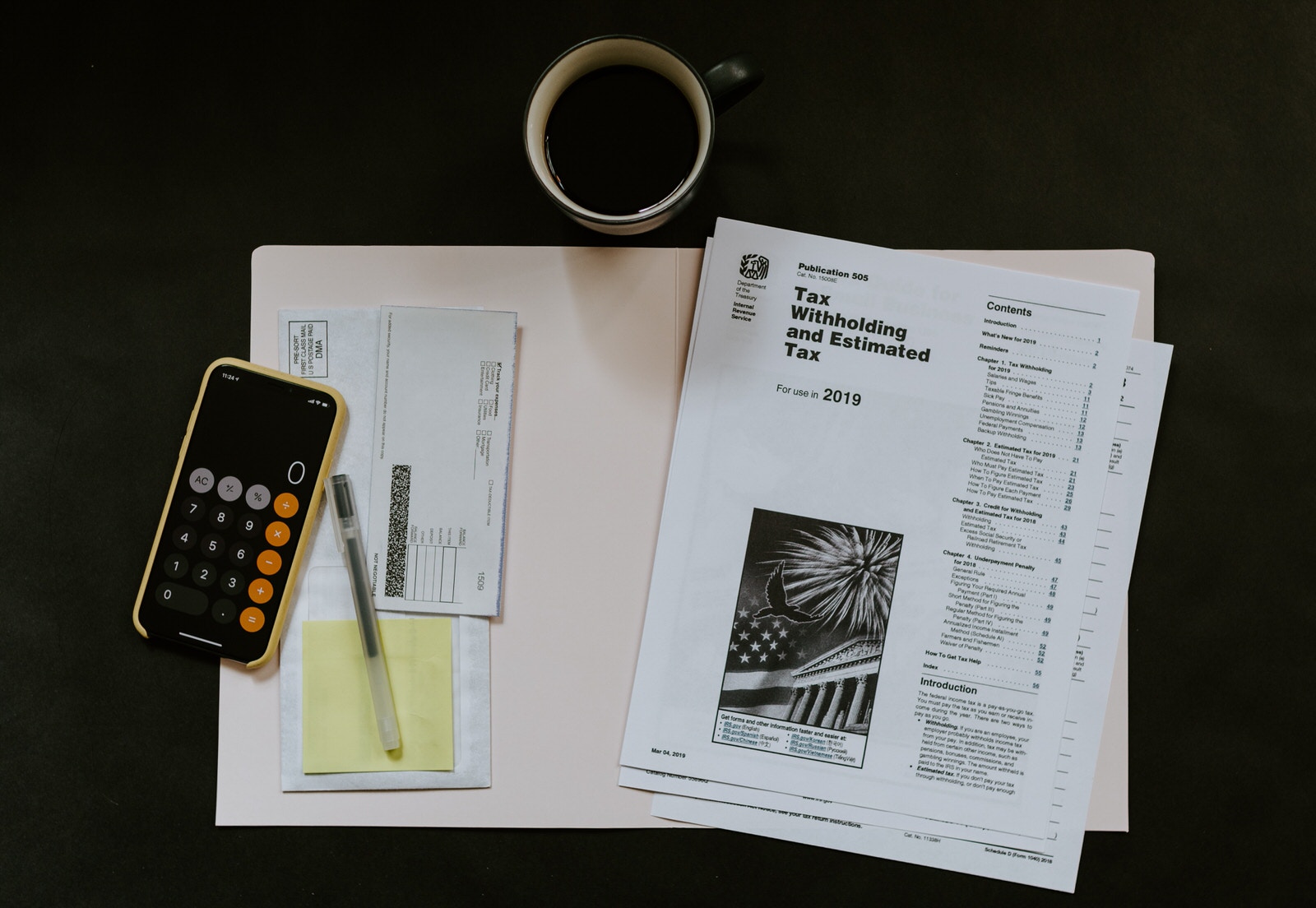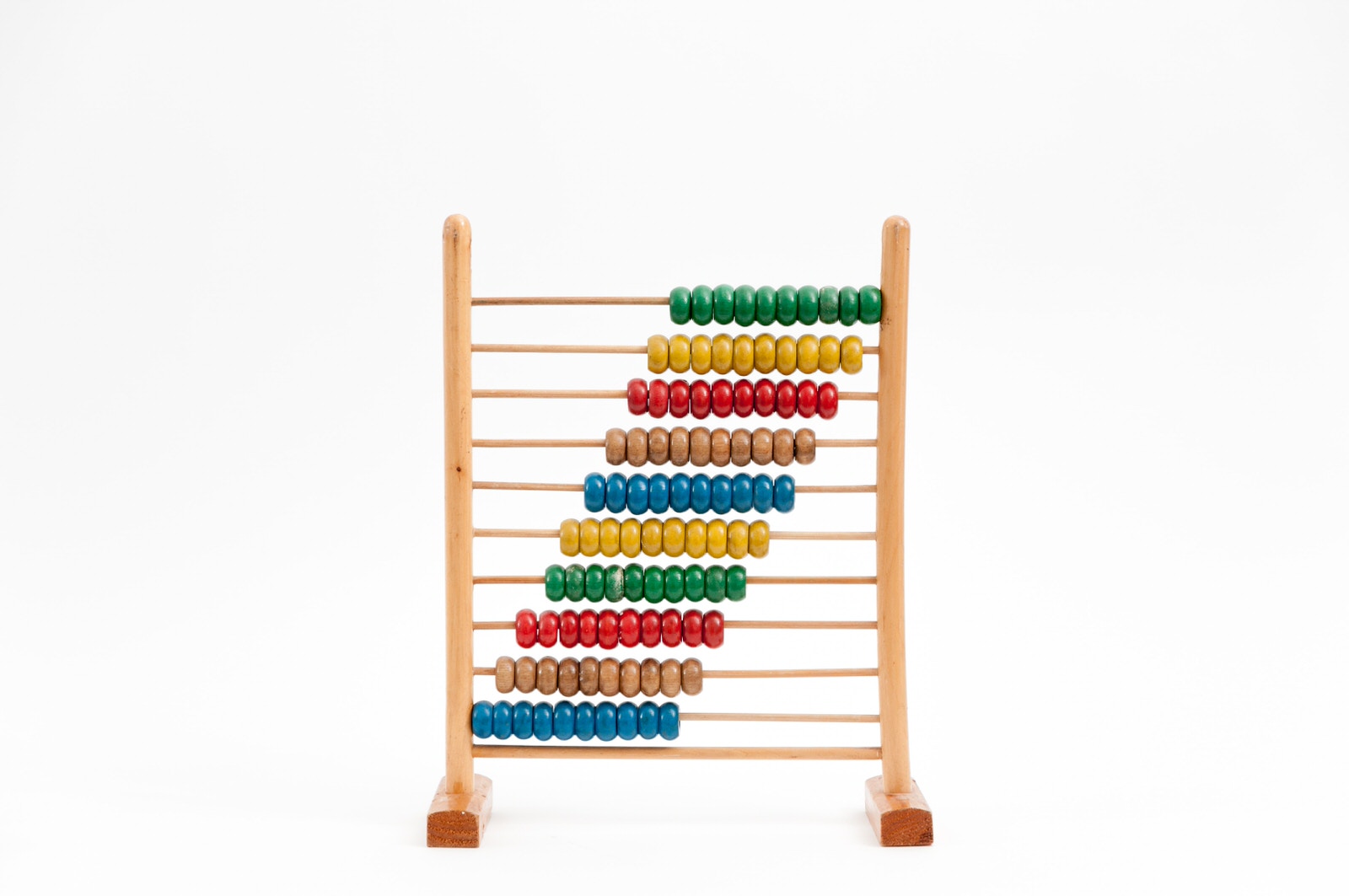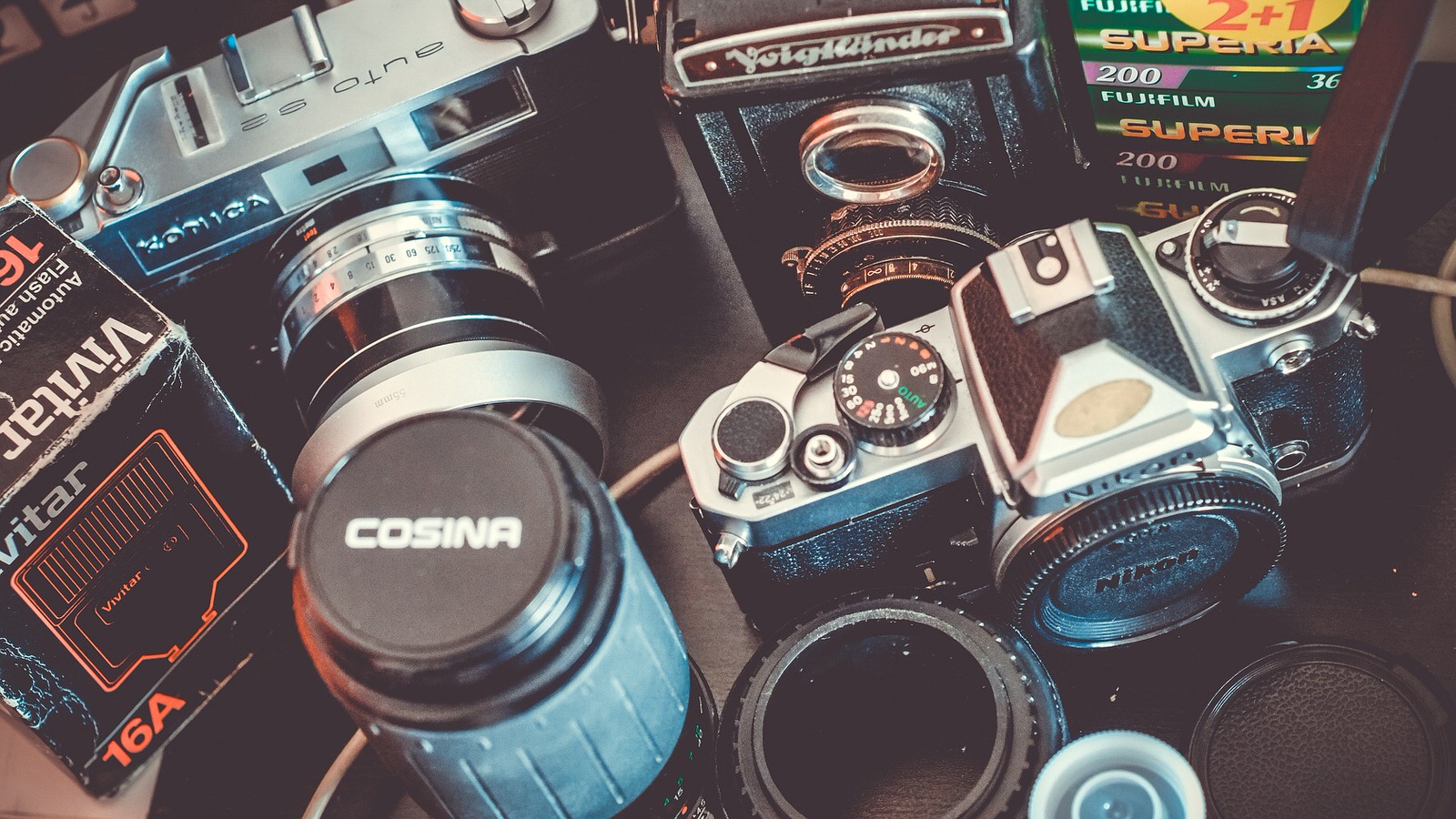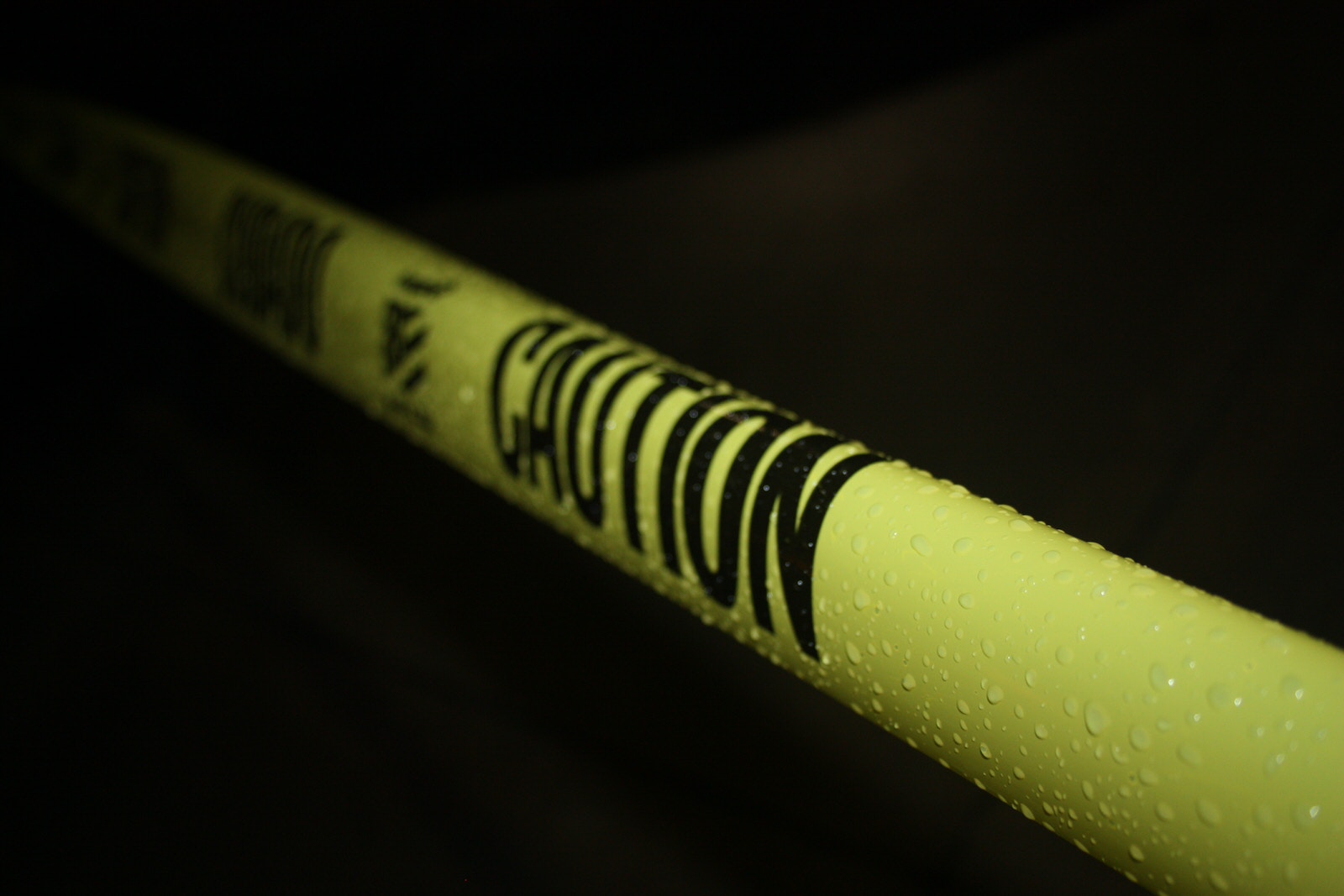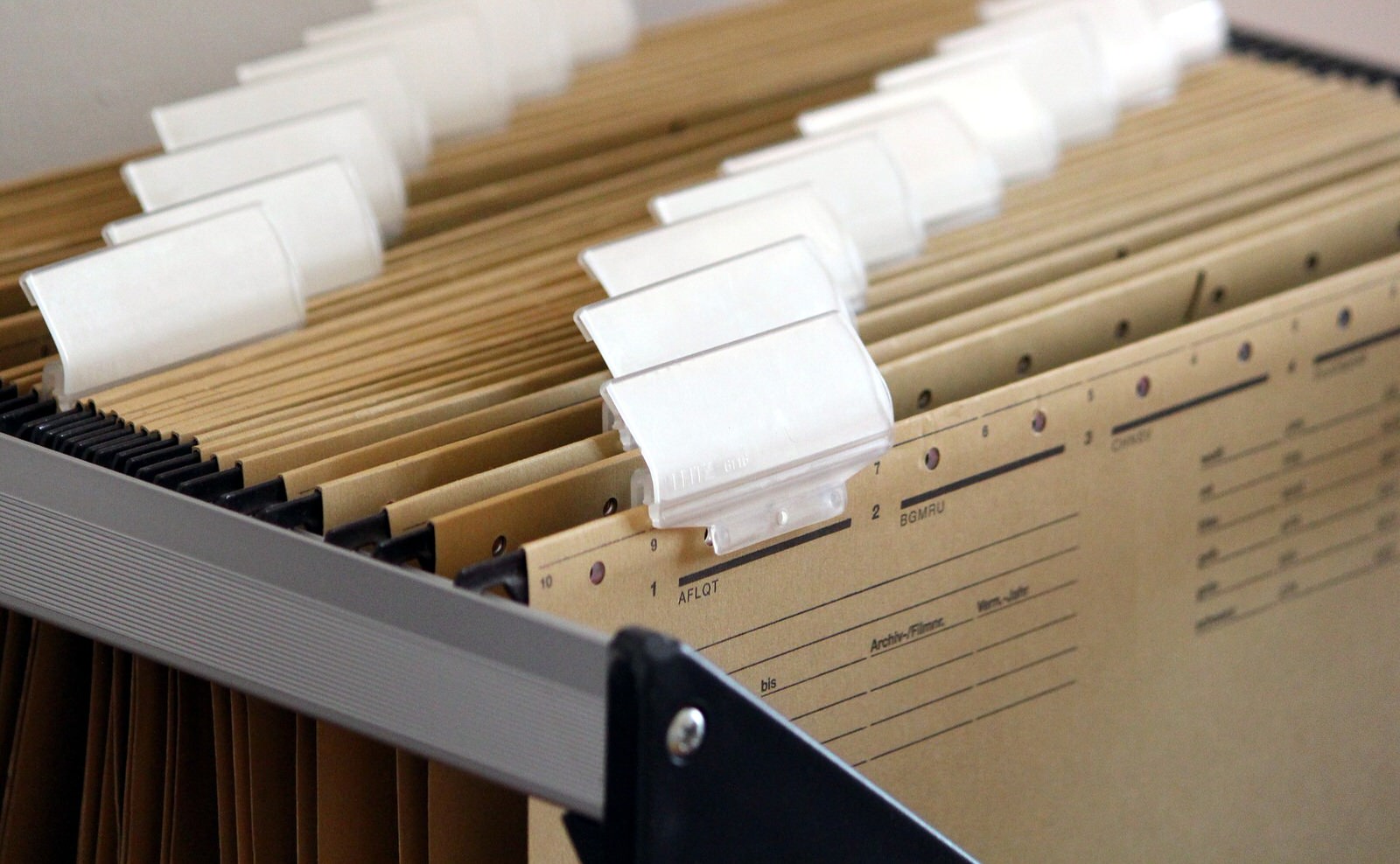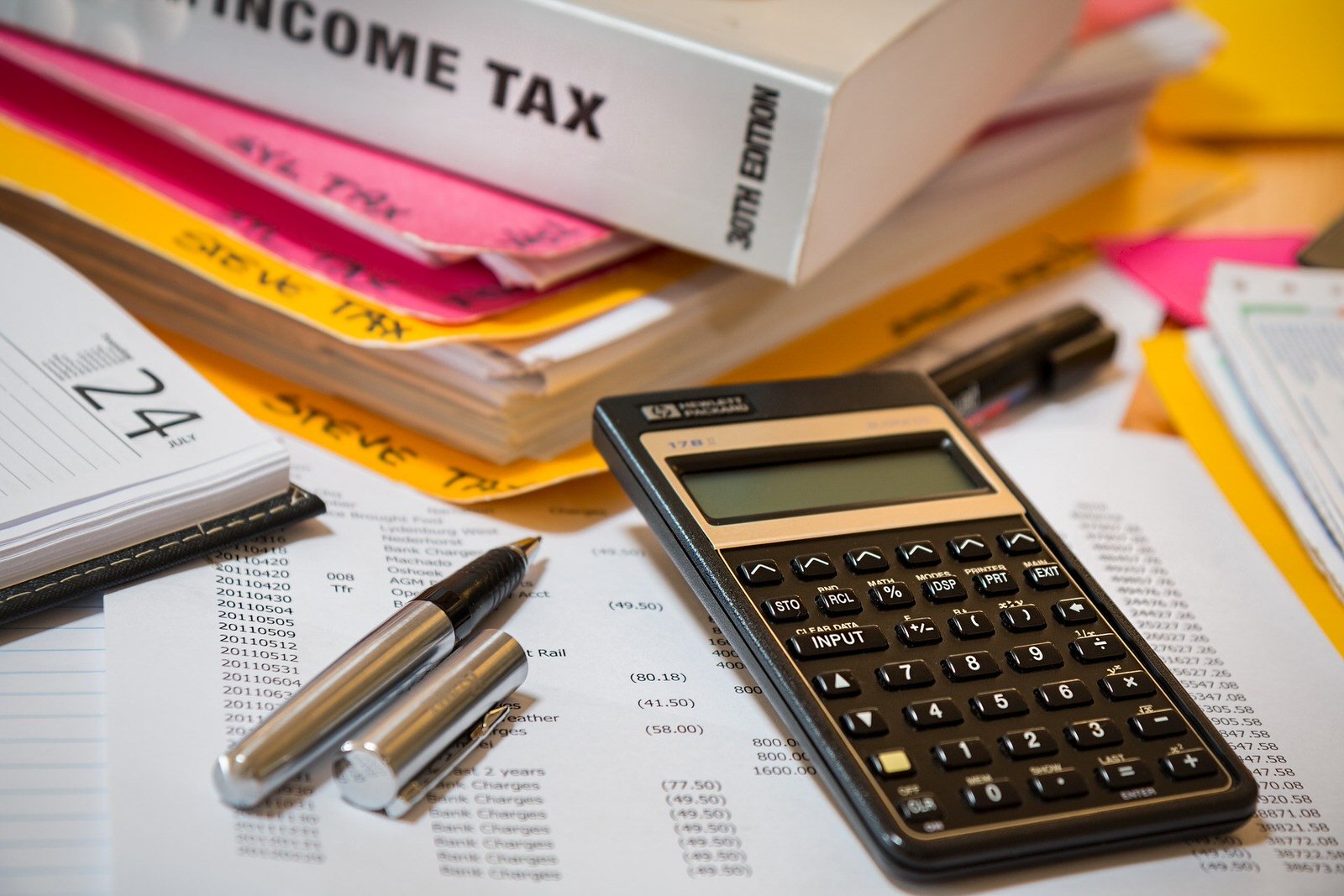
Take Charge of Your Finances: Your Guide to Filing Taxes as a Photographer
When you’re in business as a photographer, your taxes are probably the last thing on your mind. Instead, you’re running from location to location, checking weather forecasts for any outdoor shoots, and trying to squeeze in the time for edits back at your office. Do you even make enough from photography that you have to pay taxes?
Spoiler alert: you probably do. Don’t fret, though! This guide will walk you through what you need to know about filing taxes as a photographer. You’ll learn when you have to pay them, how much you should be withholding from your income, and the deductions you can take advantage of.
Photography can quickly scale up from a hobby to a legitimate business. In fact, that’s an important leap that many photographers take, sometimes without realizing it. Once you begin charging for your services and intend to make a profit, it’s best to identify your photography as a business for tax purposes.
As an employee at a company, taxes are automatically withheld from your paycheck and submitted to the proper agencies. That includes federal, state, and otherwise. But as a freelance or self-employed photographer, it is your responsibility to withhold and pay your own taxes.
It sounds like a hassle, and frankly, it can be. There are also a lot of benefits that come along with establishing your photography as a business. Being a legitimate business, whether you’re an LLC or just self-employed, can help you scale up. You’ll appear more established to clients and therefore they may be willing to pay higher rates. Plus, when your photography isn’t a hobby, you can deduct more of your expenses.
Now let’s dive in and look at what you need to know to file taxes as a photographer.
Paying Quarterly Taxes
Remember that employees have taxes withheld from their paychecks automatically. As a self-employed photographer, you may need to pay your own estimated taxes each quarter. Check the IRS website for details on the deadlines for quarterly tax payments.
How do you know if you need to make payments? You’re required to make estimated tax payments each quarter if your tax liability for the year will be $1,000 or more. If your income from your photography business is more than $400 in a year, you’ll also have to file an annual tax return.
Honestly, as someone receiving untaxed income, you should just plan on paying quarterly tax estimates. It’s a great way to protect yourself from IRS fees.
How Much Should I Pay Each Quarter?
You can use the IRS Form 1040-ES to determine how much you should pay each quarter. Think of the form more like a worksheet. It helps you move step-by-step to break your expected income for the year down into your four quarterly tax payments.
The form will also tell you how and when you can pay your quarterly taxes. You can pay by phone, online, in person, or by mail. If you pay by mail, you’ll include a payment voucher from the form. Even if you aren’t going to pay by mail, you can use the payment vouchers as a reminder of when you need to pay quarterly taxes.
PRO TIP:
Set the vouchers in plain sight and set payment reminders on your calendar to stay on top of your taxes.
Form 1040-ES shows you how to deduct any business expenses, too. We’ll talk more about what you’re allowed to deduct as a photographer in a later section. If you get confused by any of the terms on the form, you can always look at prior years’ tax returns to help you navigate it.
Another part of Form 1040-ES is figuring out your self-employment tax. It’s calculated just like other taxes – as a percentage of your income. Self-employment tax includes Social Security tax at 12.4 percent and Medicare tax at 2.9 percent. The reason it’s called self-employment tax is because employers usually pay half of those taxes for their employees. As a self-employed photographer, however, you’ll have to pay the full 15.3 percent.
How Much Should I Set Aside?
You should plan to set aside 30 percent of your taxable income. This is meant to cover any state, federal, and self-employment taxes. That seems like a huge chunk of money but remember that it’s based on your taxable income and not your gross income.
First, figure out your gross income each month, or the amount that you bring in before you pay any expenses. Next, subtract your monthly business expenses. You’ll want to set aside 30 percent of the amount left over after business expenses.
It may be easier to figure out your taxable income for the entire year. Just make sure you have a plan to set aside 30 percent of that figure and pay the appropriate amounts each quarter.
Should I Have an LLC Instead?
There are plenty of reasons to set your business up as an LLC. First, you’ll get legal protection. If you’re not an LLC and somebody sues you for something business related, like losing a flash drive that had ALL your client’s wedding pictures or somebody getting hurt during a photoshoot, you can be personally accountable.
That means your personal assets, like the cash in your bank and even your home may be at risk. If you set up an LLC, you’re establishing your business as its own entity, meaning the LLC is liable and not you. It’s odd to think of your business as its own “person”, but that’s essentially what an LLC is.
Another great reason to have an LLC is about image. Clients may view your photography business as more legitimate if you’re set up as an LLC. It seems more formal to them. That could mean higher rates or better gigs.
As far as taxes are concerned, having an LLC isn’t going to help very much unless your profits are pretty high. You’ll still have to pay your self-employment and quarterly taxes as usual. The profits from your LLC will “pass through” and be reported on your personal taxes.
Once your profits reach higher than what you would take as a normal or reasonable salary, however, the LLC can help shield you from some of the taxes. You can pay yourself from the LLC and then only pay taxes based on the income you take. Careful, though, because you won’t want to show an unreasonably low income of a few dollars per year. That’s a red flag for the IRS.
Tax Forms to Know
As a photographer, you don’t need to be a tax expert. But you do need to know a bit about tax forms you’ll use to file taxes annually. If you file your taxes electronically, you may not see these forms. It’s still important to understand what goes into tax filing.
- 1040 – This form is like a cover sheet for your tax return. You’ll input your gross income from photography, deductions, and tax credits here.
- Schedule C – This is one of the most crucial forms for photographers. It lets you detail the business expenses that you plan on deducting. You can also report income, cost of goods sold, vehicle information, and some other expense information.
- Schedule SE – Are you worried about how to calculate your Social Security and Medicare taxes properly? Schedule SE will walk you through the process. It even has a flow chart to help you use the form correctly.
- Form 8829 – If you’re using your home for your photography business, Form 8829 will walk you through deducting a portion of those expenses. Remember that you can only deduct the amount of your home that you use only for your photography business. If you do all your work from the dining room table, but also eat dinner there, you won’t be able to deduct your dining room.
- Form 4562 – You can use this form to report their depreciation on equipment purchases. When you buy equipment, like the high-end camera or top-of-the-line lighting you purchased, it’s a capital expense. You plan to use the equipment for longer than one year. You should think of it as an investment in your business, rather than just an ordinary expense.
Capital expenses can be depreciated each year. Depreciation is when you deduct a portion of the expense each year during the life of the equipment.
You don’t have to use depreciation when deducting the expenses. If you’d rather deduct the full cost of equipment upfront, you can do that as well. Just know that you might get a huge tax break in the first year you open your business but have almost no tax breaks in the years to follow.
There are three ways that you can deduct depreciation on equipment:
1. Straight-Line Depreciation
Straight-line depreciation is what I would recommend for photographers because it’s the easiest method. Let’s use a $2,500 computer as an example. First, you’ll estimate the “salvage value” of the computer and decide how many years you plan to keep it. Assume that you expect to use the computer for five years and can sell it for $500 at the end of its life.
Next, you subtract the salvage value from the original cost. In this case, it’s $2,000. Then, divide that number by the number of years you plan to use the equipment. This leaves you with $400 per year. Not, you can deduct $400 per year for five years for the computer. You’ll do this for all of your gear.
2. Double-Declining Balance Depreciation
If you have photography equipment that wears out faster in the first couple of years of use, like camera bags or accessories you use outdoors in harsh elements, you might consider double-declining balance depreciation. Double-declining balance depreciation just means you can deduct a larger portion of the expense sooner, and then you’ll deduct less as the equipment gets older. It’s complicated language for something that’s easily explained with an example.
Most of the time, you can just multiply the amount from straight-line depreciation by two to decide how much to deduct each year with double-declining balance depreciation. In our example above, you would then deduct $800 in year one, $800 in year two, and $400 in year three. Remember that you’re still only able to deduct $2,000 total. That’s why year three is lower than the first two; it’s the amount left over.
3. Sum-of-the-Years’ Digits Depreciation
If you’re looking for a happy medium between straight-line and double-declining, you could use the sum-of-the-year’s digits method for depreciation. Honestly, it’s a little complicated and probably not worth the extra effort. However, it’s an option if you’re trying hard to control your tax deductions and aren’t happy with the other two methods.
With this method, you’re going to create fractions based on how much useful life is remaining of the equipment. With our five-year computer, year one will have five years remaining, year two will have four years remaining, and so on.
Here are the steps you’ll take to calculate sum-of-the-years’ digits depreciation:
- Estimate the life expectancy. With our example above, it’s five years.
- Add all the digits from the life expectancy together. So, 1+2+3+4+5 = 15.
- Create fractions for each year based on how much useful life is left. Year one is 5/15, year two is 4/15, and so on until you have five fractions, one for each year of life expectancy.
- Multiply the salvage value by the respective fraction each year. That’s the amount you’ll deduct on your taxes.
Remember you’re still only deducting $2,000 for depreciation in the example from above. If we use our computer example, here’s what the calculations and depreciation will look like:
- Year 1: 5/15 x $2,000 = $666.67
- Year 2: 4/15 x $2,000 = $533.33
- Year 3: 3/15 x $2,000 = $400.00
- Year 4: 2/15 x $2,000 = $266.67
- Year 5: 1/15 x $2,000 = $133.33
Tax Deductions for Photographers
As a photographer, you will want to find every way to reduce the taxes you have to pay. In the same way you’d deduct large medical expenses on your personal taxes, you can deduct business expenses related to your photography business. Remember that deducting business expenses doesn’t mean you don’t have to pay for those expenses. Rather, it reduces the amount of income you’re taxed on.
So if you make $50,000 in a year, but write off $10,000 in business expenses, you’ll only be taxed on $40,000. It won’t save you the entire $10,000, but you might save a few hundred dollars. What can you deduct as part of your business? Here’s a list of the most common deductible expenses for photographers.
Equipment
Photography requires expensive equipment. You’ll have costs for:
- Cameras
- Stands and tripods
- Film supplies
- Lenses
- Computers
- Lighting
Luckily, any equipment that you purchase or rent is considered a tax deduction. Remember that equipment is a capital expense. The depreciation on capital expenses can be reported on Form 4562.
The best way to track your equipment expenses is by using a spreadsheet. You can input all your equipment descriptions, date of purchase, amount, how you want to expense it, and serial numbers. This makes keeping track of everything a breeze at tax time.
Studio and Storage Space
As a photographer, you likely have your own studio or rent space when you need it. You might also have storage space for all your equipment. These costs can be deducted on your taxes each year.
If you use your home for either storage or studio space, there are different rules. We’ll talk more about that in the upcoming section on Home Office, Studio, or Storage.
Travel
If you do shoots away from your home, you’ll be traveling as a photographer. Think about all the weddings and other occasions that you’ll need to be on location for. Expenses like airfare, car mileage or rental car, lodging, and meals can all be deducted come tax time.
You may also be able to write off a portion of your auto insurance if you use your vehicle for business.
Cell Phone
Photographers should be careful about deducting cell phone bills on their taxes. You can only deduct the portion of your cell phone bill that is for your business.
It’s easiest to think about your cell phone usage as a percent. You can estimate what percent of your usage is for business and personal. Then, you can deduct the business portion.
Home Office, Studio, or Storage
As a photographer, you likely have a home office where you work through edits, meet with clients, or even do photo shoots. The space you use exclusively for your photography business can be deducted on your taxes. You can deduct mortgage or rent, insurance, and utility costs.
The first method for calculating what you can write off is to figure out what square footage you use for your business. Make sure to only include areas that you designate only for business use. The percentage of square footage you use for business can be applied to your rent or mortgage, utilities, and insurance costs.
There is a simpler way for photographers to calculate how much to deduct on their taxes for the business portion of their home expenses. The IRS allows you to deduct $5 per square foot up to 300 square feet per year. Instead of trying to calculate percentages of all your home expenses, it may be easier to use this cheat.
Office Supplies
Home office space often comes with a need for additional office supplies. Photographers can take advantage of deducting home office related supply expenses on their tax returns. This may include common office supplies like printer paper, pens, schedules and planners, and filing supplies.
Training
Staying up to date on the best techniques is a large part of owning a photography business. Training, conferences, books, magazines, and other subscriptions related to your development are all tax-deductible. After all, you’ll need to know the trends for the upcoming season to stay competitive.
It’s important to know that when you attend a conference or travel for any training, those travel expenses are also tax-deductible. That might include mileage, lodging, meals, or airfare.
Meals
While you won’t be able to start deducting meals with your friends and family, meals that are ordinary and necessary for your business can be deductible. The IRS allows you to deduct 50 percent of your eligible meal expenses on your taxes.
The most common eligible meals are while you were traveling for a conference or training and meeting with clients. You can also deduct 50 percent of the meal cost for meals that you paid for during a meeting for your clients.
Gifts for Clients
You might want to do something special to show appreciation to your photography clients. It can be a thoughtful gesture to buy a gift or send a holiday and thank you card. Photographers can actually deduct gift expenses for their clients. Just remember that the gift amount cannot exceed $25 per client.
Self-Employment Expenses
Photographers paying their own taxes will incur a higher amount of Medicare and Social Security taxes than regular employees. Plus, you may be paying your own insurance premiums. Thankfully, you’ll be able to deduct a portion of these costs on your taxes.
When you file your taxes, you’ll be instructed how much you are eligible for deducting.
Hired Help
It can take a lot of hands to make a photography shoot successful. You might hire makeup artists, assistants, or models to complete your project. Contracted labor can be deducted on your Schedule C form to help lower your taxes.
Legal Expenses
Seeking legal advice as a photographer can be a great business move. You might need a contract made up to onboard new clients or need help determining who has the rights to your photos. Either way, the legal expenses you incur are fully deductible on your taxes.
Marketing and Promotions
Have you made any fun swag with your business logo? How about paid for marketing or advertising online? The expenses that photographers incur to promote their business and market to clients can reduce tax liability at the end of the year.
Other Costs
Photographers can deduct other business-related costs on their taxes. Some common eligible expenses include:
- Website hosting and domain fees
- Transaction fees for credit card processing
- Licenses
- Subscriptions to editing software
- Insurance on equipment
What Not to Deduct
Now that you know what you’re able to deduct for your photography business, it’s important to understand what you need to avoid.
Full mortgage or rent costs, entire cell phone bills, meals beyond what is ordinary and necessary, gifts over $25, and non-business travel are all red flags. It’s best to follow tax guidelines for these areas. After all, you don’t want to be audited.
How to Organize Your Business Records
Business owners know the importance of keeping both financial and non-financial records. In your photography business, it’s just as important.
When you file your taxes, you want the most up-to-date and accurate information available. Keeping accurate records helps make your taxes easy. Plus, you’ll feel a lot better when you’re organized and understand your business from a higher level.
Bookkeeping
Keeping accurate financial records is the easiest place to start when filing taxes. But it’s not something you should think about only when tax season is starting. Instead, you should consistently enter and record transactions throughout the year.
Using simple accounting software like FreshBooks can help ease the pain of bookkeeping. It’s meant for small businesses and self-employed individuals. The best part is that you can use the FreshBooks software to invoice clients as well. You can even create estimates and send them right from the system.
It’s very intuitive and easy to understand. Plus, photographers can benefit from using the software on the go from their smartphone. You’ll be able to capture images of receipts for expenses as you’re sitting down for lunch.
PRO TIP:
As with any new software, accounting software is easiest to understand if you use it consistently. Try to schedule a time each week to input new information. This leaves you with less to do when tax season arrives, too.
Receipts
Photographers need to keep their receipts or invoices for every expense that they plan to deduct on their taxes. It’s best to also keep an electronic copy of expenses when possible. You can scan them into a PDF or just snap a photo of them and keep them in an electronic folder.
It’s important to know that credit card statements are not enough proof during audits. Keeping your receipts is the only way to protect yourself.
Nonfinancial Records
Non-financial records are just as important to photographers when filing taxes. It’s another level of organization that helps you justify every expense you incur. Keeping a schedule of your business activities, including which client you were meeting and where you were traveling, will let you easily justify your deductions.
Any contracts that you have for your photography business, like rental contracts for space, should also be kept.
Other Considerations
Your taxes shouldn’t be something to stress out about. With the information above, you’ll be well on your way to a smooth tax journey. There are some other things to consider, though.
Hire an Accountant
Taxes can be confusing. Photographers can benefit from hiring a tax accountant rather than trial and error or guessing what they must pay. Tax professionals can handle your unique financial situation. They have knowledge about tax laws in your area and for your photography business.
Best of all, hiring an accountant can relieve some of the responsibility from you. Some accountants will stand by their work and support you if you are audited. Remember, not understanding the tax law isn’t a good enough excuse not to file taxes correctly.
Separating Business Accounts
Even if you don’t have a bank account in your business’ name, it’s important that you have a separate account for your photography business. You can receive all your photography income into the business account, pay your business expenses, and then pay yourself. This will help you easily find and separate which transactions were for business and which were not.
Photographers should also consider having an account for their taxes. If you withhold the recommended 30 percent of your taxable income each month for taxes, it’s best to put that somewhere completely separate. That way you can easily see how much you have available come quarterly tax payment time.
Final Tips
Your photography business is an important piece of your income puzzle, whether it’s a side hustle or a full-time venture. Make sure you’re keeping yourself up to date with tax payments. It really helps to pay quarterly tax estimates to evenly spread out your tax liability each year. Here are the best tips to stay on top of taxes:
- Keep thorough records of financial and nonfinancial information
- File every receipt and invoice
- Know which expenses can be deducted and which cannot
- Use separate accounts for your photography business
- When in doubt, hire an accountant
The best thing you can do is get organized early and stay organized. Then, when quarterly or annual tax time comes around, you’ll be well-prepared with the most accurate information.

